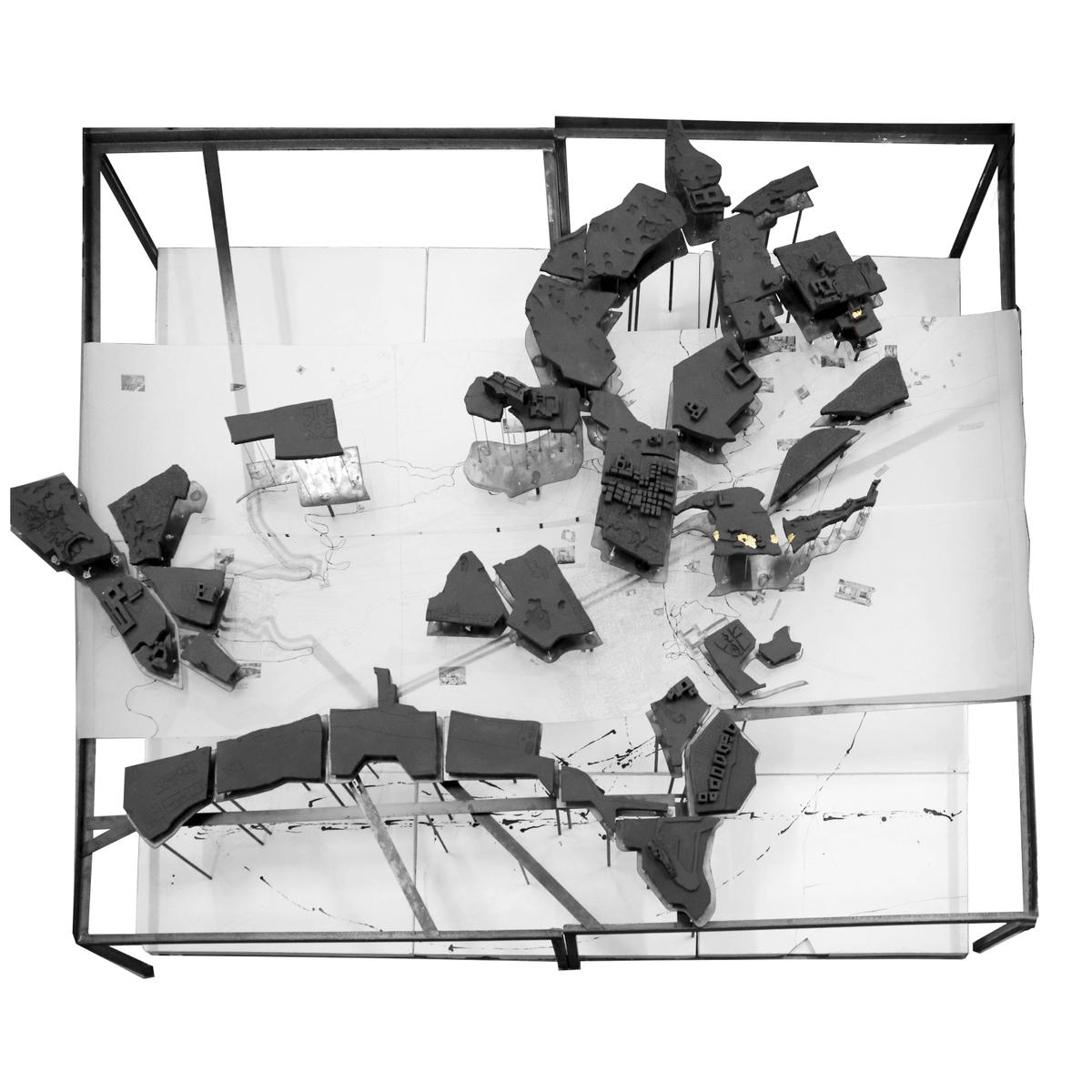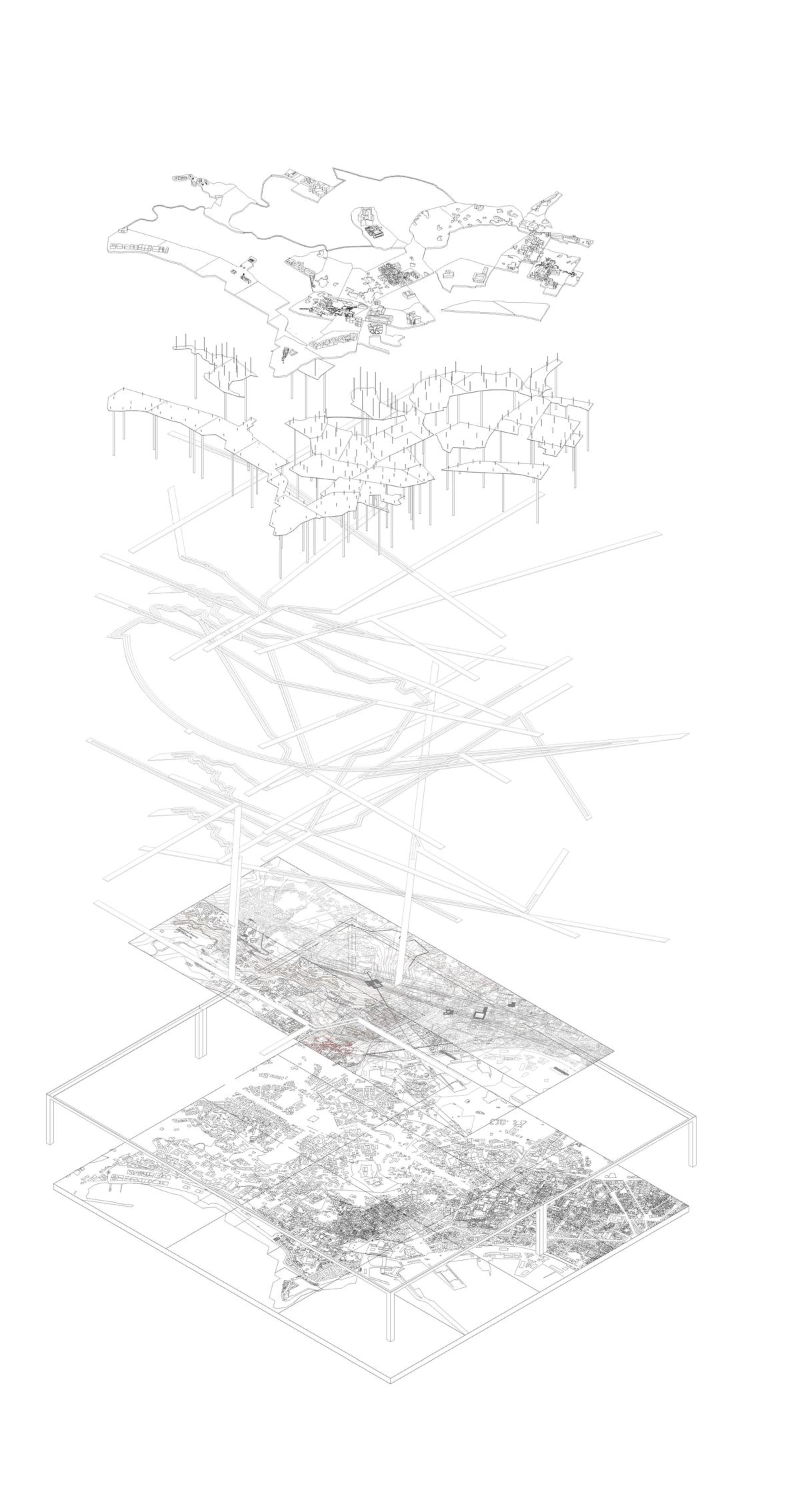A Dream of Naples: Inscribing Real Fictions and Fictive Realities

![Scripting the narratives of the Recycling Factories [1]](https://ik.imagekit.io/af/https://architecturefringe.ams3.digitaloceanspaces.com/showcase/Oblique-1.jpg?tr=w-1200)
![Scripting the narratives of the Recycling Factories [2]](https://ik.imagekit.io/af/https://architecturefringe.ams3.digitaloceanspaces.com/showcase/Oblique-2-300-dpi.jpg?tr=w-1200)
![[Re]scripting the City](https://ik.imagekit.io/af/https://architecturefringe.ams3.digitaloceanspaces.com/showcase/Contents-map-1.jpg?tr=w-1200)


Scripting A Dream of Naples
The thesis project arose from a shared interest in the connection between narrative and architecture. A Dream of Naples: Inscribing Real Fictions and Fictive Realities became the title of our joint MA
School/Level
Category
Year
In Naples, the line between the fictional and the real is unclear. Everyday occurrences are as remarkable as fiction. Outside the church of Via San Gregorio Armeno, craftsmen prepare expansive nativity scenes (presepe) in which the Madonna and Maradonna meet. In nearby Sanita, residents visit the underground city, carved into the rock of the surrounding hills, to tend the adopted skulls of abandoned souls (capuchella) in exchange for heavenly protection. Fiction shapes the city, “everyday harshness turns to a fabulous world”2. Pugliese’s narrative depiction (Malacqua) of Naples presents a derivation and satirical view of the realities faced by the city throughout the 1970’s. The incessant realities of camorra control, waste and the incompetence of the municipality are shown in the pathetic fallacy of relentless rain, which drowns and disintegrates Naples.
A dream of Naples: Inscribing Real Fictions and Fictive Realities traces fictions both into and from reality, inscribing new plot lines on the city. It operates between the manifestation of fictions and the inescapable realities (or the elevation of real conditions to the point of fiction and the grounding of fiction in the foundation of reality) through the construction of architectures that, simultaneously, operate at the level of archetypes and as inhabitable interlocutors of everyday actions. It develops material and programmatic gestures from the thickness of the glaze that binds the narrative imagery of Majolica tiles, to the discarded broken ceramic which lay forgotten in demolishment. From the wire-frame skeletons and plaster flesh of presepe, and their symbolic flourishes of gold leaf and fine silk with which these presepe are dressed, to the mounds of neglected Neapolitan clothing lining the streets of the city center. As each gesture acts as a catalyst for local stories and traditions, the architecture occupies these forms to create new narratives.
Through a series of extraordinary everyday spaces (washrooms and workshops) and an unconventionally conventional set of institutions (ceramic recycling factory and textile recycling factory), it invites entry into a fictive reality of Naples.
Collaborators: Sophia Bharmal